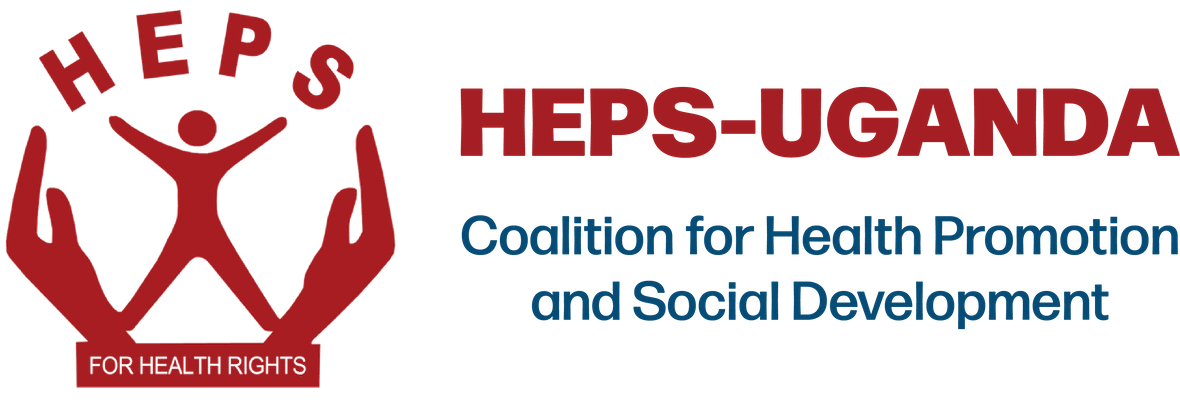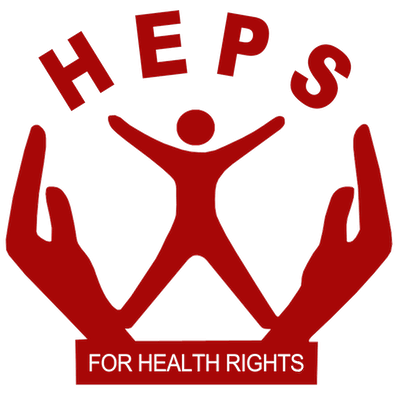It is the heaviest and most valuable among Uganda’s coin money. It is gold-yellow and with it, you have enough to buy an avocado, a cupcake, or a pen. However, to people like Fiona Ejang of Ajunga village, Boroboro Ward, Lira City, the 500 shillings coin is more than just money. It is a lifesaver.
It is this 500 shillings coin that some traditional healers use in treating snakebites. According to Ejang, the belief is that it sucks the snake venom from a snakebite victim’s body, which has saved many lives including hers.
Ejang’s Road to Snakebite Recovery
In April 2020, 22-year-old Ejang was bitten by a snake on her right leg while in the garden. “It was painful, scaring and I thought I would die,” she recounts, adding that it was her lucky day because other family members were present and offered first aid which included tying the snakebite area to stop venom spread and they called the traditional herbalist.
“The first thing he (the traditional healer) did was to tie a 500 shillings coin on the snakebite area to suck the venom. He later applied some herbs. The coin sucked out the venom and I was ok after two days,” she narrated to the HEPS-Uganda team during a data collection exercise on the social-economic impact of snakebites in Lira district.
According to Ejang, the use of a 500 shillings coin in traditional snakebite treatment is a common, popular and believable method that has saved many lives including her elder sister and two friends who experienced snakebites before her case.
Okello Jaspher, Ejang’s father and the area health mobilizer says that the use of traditional medicine in snakebite treatment is widespread. “I know that this is a wrong practice from a health perspective, but people believe in it and it works. People have faith in traditional healers because they are affordable and are always available, rather than health facilities where one might even fail to get medicine and they charge heavily,” he explains.
The Snakebite Burden
Statistics from the district health department indicate that 84 snakebite cases were reported at the health facility level in 2020. 60 of the cases were reported in health facilities in Lira City.
Okello Justine, a Village Health Team (VHT) member from Apua village in Aramo sub-county says that health facility records reflect a small portion of the snakebites problem since many victims prefer traditional healers to health facilities.
Rashid Mwesige, the Lira district Neglected Tropical Diseases focal person says that “Snakebite envenomation remains a serious public health concern in Lira and Uganda especially in rural areas.”
According to Mwesige, documentation of snakebites is poorly captured countrywide, and yet most cases occur in rural settings where traditional therapists end up being the first-line defense for treatment.
He explains that the majority of government health facilities lack antivenoms and other items that are essential in snakebite treatment and management like crepe bandages. “This has partly affected public confidence in public health facilities to the extent that many snakebite victims who do not opt for traditional medicine rush to private-not-for profit health facilities where they are charged heavily,” Mwesige elaborates adding that they continue to sensitize people to always rush snakebite victims to health facilities for proper treatment and management.
According to the World Health Organisation (WHO), many snakebite victims do not attend health centers or hospitals and instead rely on traditional treatments, with available data showing that 4.5 – 5.4 million people get bitten by snakes annually. Of this, 1.8–2.7 million develop clinical illness, and 81,000 to 138,000 die from complications, with rural agricultural workers, herders, fishermen, hunters, working children, people living in poorly constructed houses, and those with limited access to education and healthcare among the high-risk groups.







